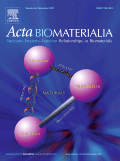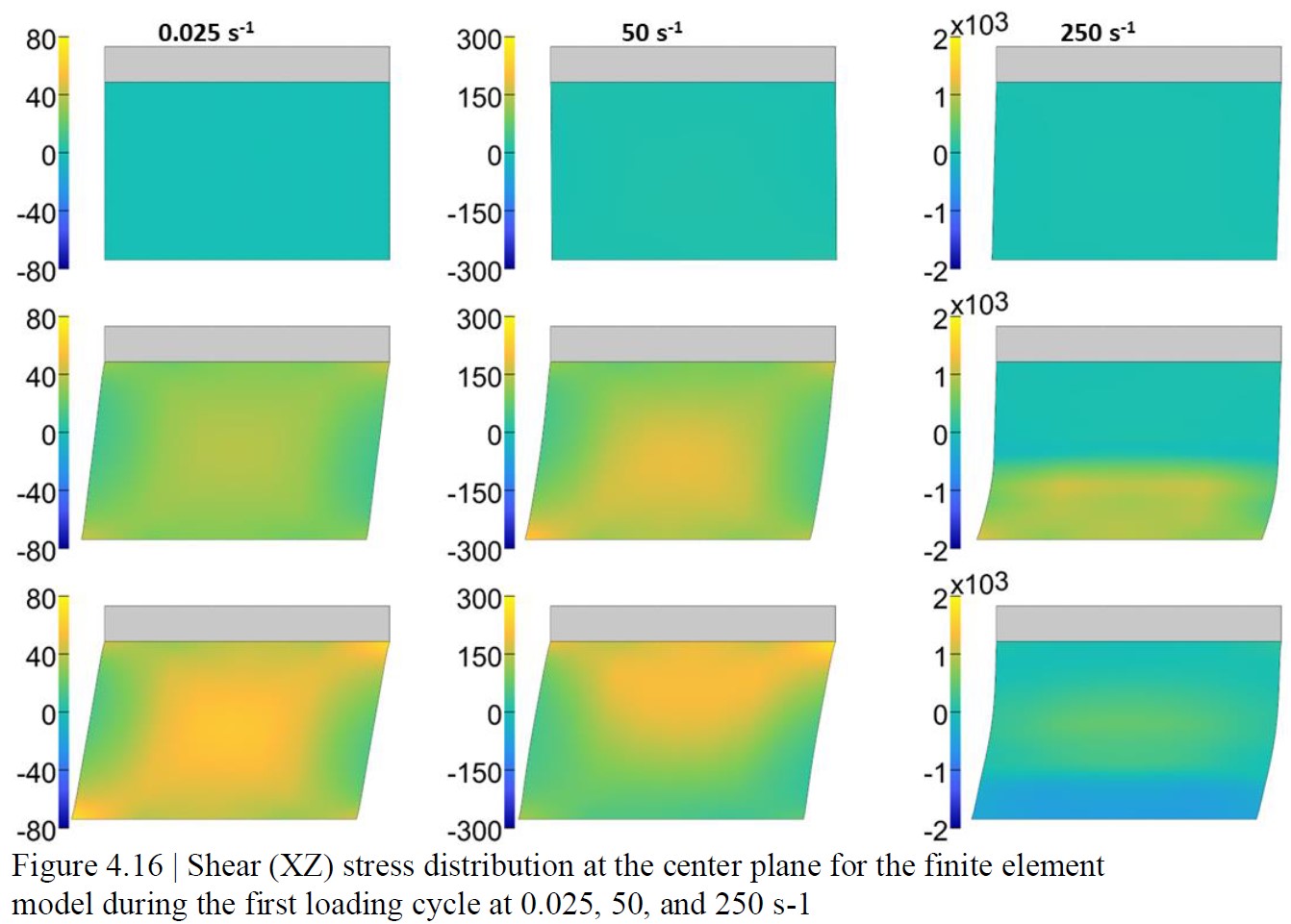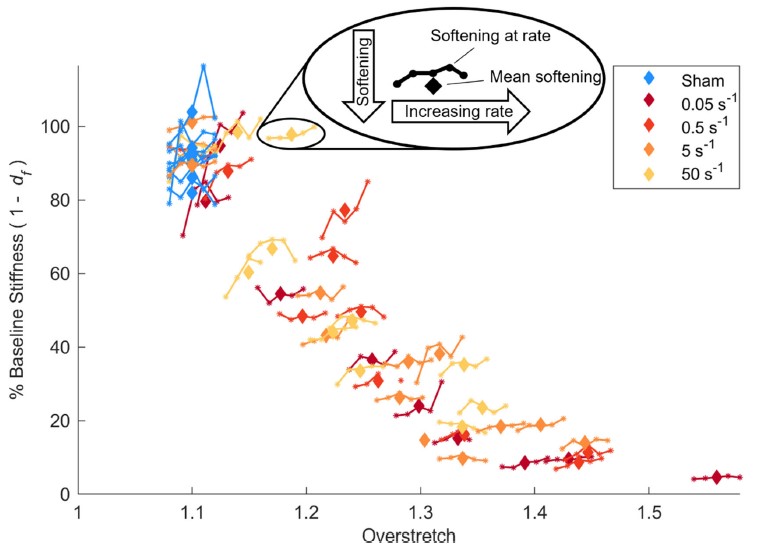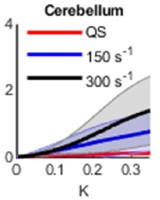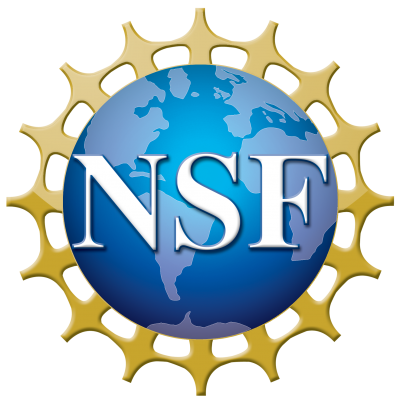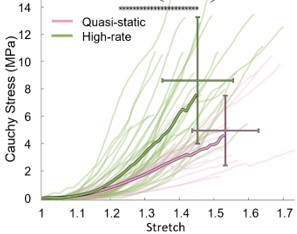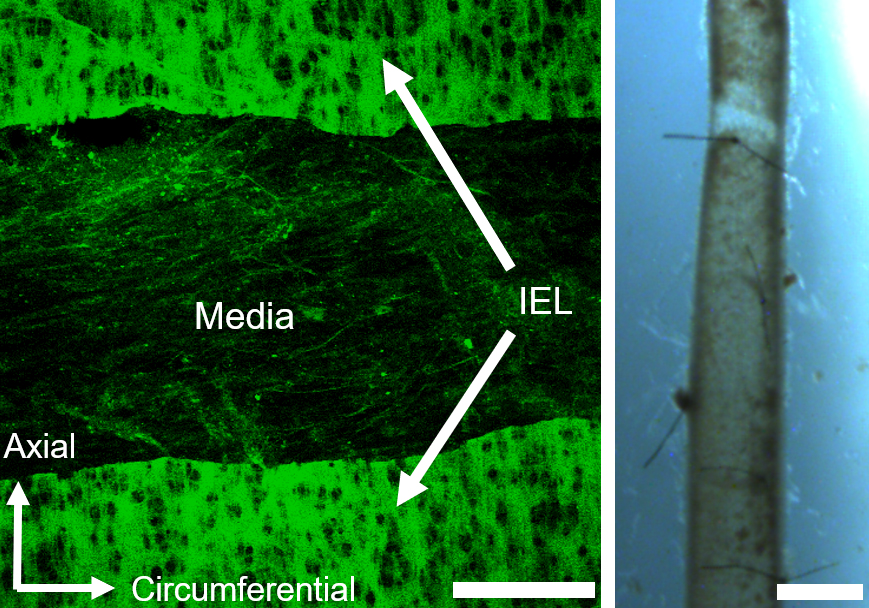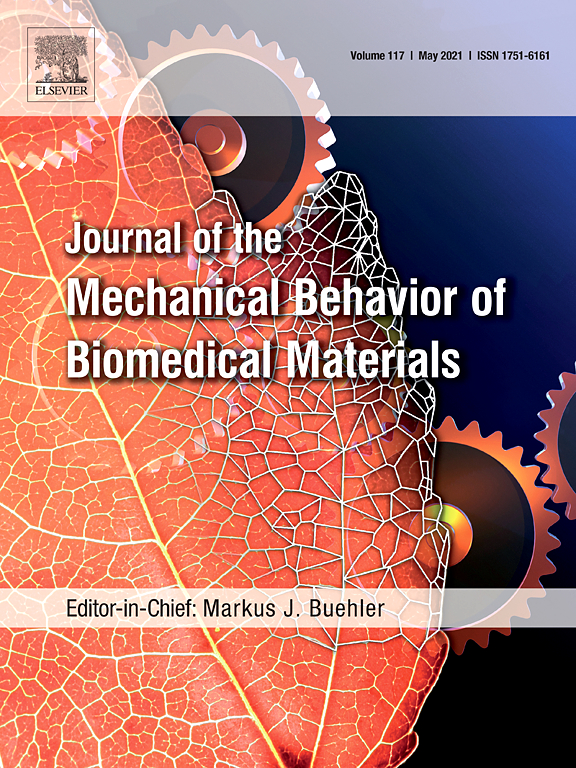Congrats to Will and Noah for recent acceptance of their paper “Strain-induced collagen denaturation is rate dependent in failure of cerebral arteries” at Acta Biomaterialia! This research shows that the extent of collagen molecule damage decreases with strain rate when vessels are stretched to failure. Collaborators include Matt Converse and Michael Yu....
Continue readingCongrats to Greg for passing his PhD defense today!
Soon-to-be Dr. Greg Boiczyk passed his PhD dissertation defense with flying colors today! His dissertation is entitled “Mechanics of Porcine Brain Tissue: Effects of Strain Rate, Region, and Anisotropy,” providing valuable mechanical data on the mechanical response of Gottingen minipig brain tissue. ...
Continue readingCongrats to Noah for passing his PhD defense!
Soon-to-be Dr. Noah Pearson successfully defended his dissertation, titled “High Strain Rate Damage in Cerebral Arteries: A Molecular and Mechanical Analysis”!...
Continue readingNew paper on Gottingen minipig brain tissue
Congratulations to Greg on the recent publication of his paper “Rate- and Region-Dependent Mechanical Properties of Gottingen Minipig Brain Tissue in Simple Shear and Unconfined Compression” in the Journal of Biomechanical Engineering! See the publications page to access it....
Continue readingNew funding from NSF
A new proposal entitled “Tissue Damage Progression in Repeated Mild Traumatic Brain Injury” has been funded by the NSF. The new project, including Brittany Coats of the Utah Head Trauma Lab and Michele Marino of the University of Rome, Tor Vergata, will characterize damage to pia-arachnoid complex tissues resulting from repeated loading and study the influence...
Continue readingPaper reporting model for rate dependent cerebral vasculature published
Congratulations to Noah for getting his paper entitled “A strain-rate dependent constitutive model for Göttingen minipig cerebral arteries” published in the Journal of Biomechanical Engineering! This paper shows that Göttingen minipig cerebral arteries are rate dependent and proposes a model for use in computational models of head injury that account for the vasculature. See the publications...
Continue readingPaper on stretch-induced rupture of intima published
Congratulations to Matt and Kevin for getting their paper entitled “Stretch-induced intimal failure in isolated cerebral arteries as a function of development” published in Annals of Biomedical Engineering! This paper shows that the intimal layer of cerebral arteries commonly ruptures prior to external layers and may have significant implications for vessel dysfunction following traumatic brain...
Continue readingPaper on biaxial softening accepted for publication
Congratulations to Matt for getting his paper entitled “Biaxial softening of isolated cerebral arteries following axial overstretch” accepted for publication at the Journal of the Mechanical Behavior of Biomedical Materials. This paper quantifies changes in circumferential properties following overstretch. See the publications page for more details....
Continue readingFarshad successfully defends MS thesis
Congrats to Farshad Mogharrabi for successfully defending his MS thesis! It is titled “Experimental evaluation of photo-activated cross-linking effects on mechanical properties of arteries post-angioplasty.” This work was performed in collaboration with Alucent Biomedical....
Continue readingNew funding from the NSF
The lab has received notice of new funding from the National Science Foundation. The goals of this project are to define rate-dependent, multiscale damage mechanisms in blood vessels and to link these mechanisms to changes in vessel properties through a constitutive damage model....
Continue reading
